Schorsmolen (NL)
Les Dossiers synthétiques et d'enjeux sont disponibles gratuitement.
Merci de vous inscrire et vous connecter pour accéder au Dossier complet de site.
- Dossier synthétique EN
- Dossier d’enjeux EN
- Le site sur Google Maps
- Retour à la carte
Données synthétiques
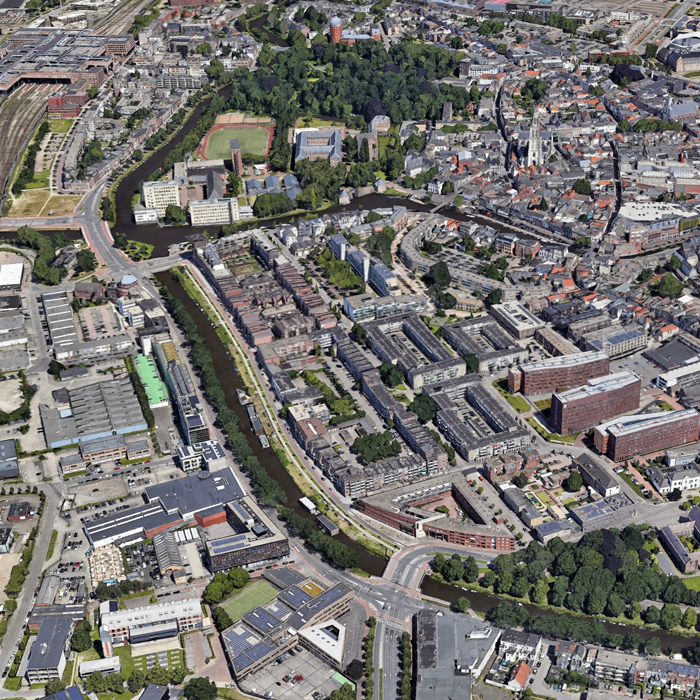
Schorsmolen (NL)
Scales L/S
Team representative Architect, urbanist, landscaper
Location Schorsmolen, Breda
Population City 45 000 inhabitants
Reflection site 25 ha - Project site 5,15 ha
Site proposed by Municipality of Breda
Actors involved Municipality Breda, Housing corporations
Owner(s) of the site Municipality Breda, Housing corporations
Commission after competition Follow up design (or research by design) assignment on implementation at the pro- ject site (or a site with similar challenges) commissioned by the municipality of Breda and/or private partners. All Dutch locations are situated in the urban region called SRBT. The SRBT is an urban regional network of 1 million inhabitants. Each sites represents prototypical design challenges within this region.
Information complémentaire
Inhabited milieu's challenges
The Schorsmolen district in the centre of Breda is categorized as a ‘weak’ neighbourhood. Schorsmolen has very vulnerable liveability of all neighbourhoods within Breda. Low liveability, low social cohesion and low safety are the main problems in the area. In Schorsmolen there is little or no usable greenery and almost no recreational opportunities.All public areas are dominated by (inappropriate) parking, speeding traffic, alcohol consumption very vulnerable and waste on the street. The residents experience the neighbourhood as very unsafe.
Although the Schorsmolen district is classified as a ‘weak’ neighbourhood, it has one of the highest percentages of young people present In the neighbourhood. Because Schorsmolen is very close to the old city centre of Breda, it offers a very good chance of densification and realise an healthy mix of housing typologies. There is a need for transformation strategy at the neighbourhood level, which aims to reduce the parking spaces increase the quality public spaces, increase green public space and add substantial number of new homes.
Connecting, Densifying, Greening and Orienting are the basis principles for tackling the challenges and opportunities of the Schorsmolen district.
The local housing corporations have crucial locations along the Middellaan. The housing corporation can play an important role in developing and experimenting with alternative ‘typologies for living-together’. By participatory process with the local residents.
Questions to the competitors
Propose a strategy at block level, that offer new forms of affordable, urban living with a greater mix of housing types and resolves the current problematic relationships between public and private and introverted nature at the street level in creating an attractive and socially inclusive neighbourhood.
Consider the potential role of the Middellan, given its historical significance, in designing a long-term urban transformation strategy for the area.
Propose a new vision on the public space, streets and provision for parking by re-considering the balance of hard (asphalt) and soft (green) surfaces for Schorsmolen as a whole.
Include a phasing strategy for the implementation of the urban transformation strategy allowing for participation of local residents.
In the emerging new urban context where Schorsmolen is in-between; ‘t Zoet, the and the existing city centre of Breda consider new opportunities for Schorsmolen.
There are many places in the region and Netherlands that are dealing with similar questions of over heating and degradation. Innovative bottom-up proposals and processes can trigger broader implementations of community building, multi-generational living and new typologies.
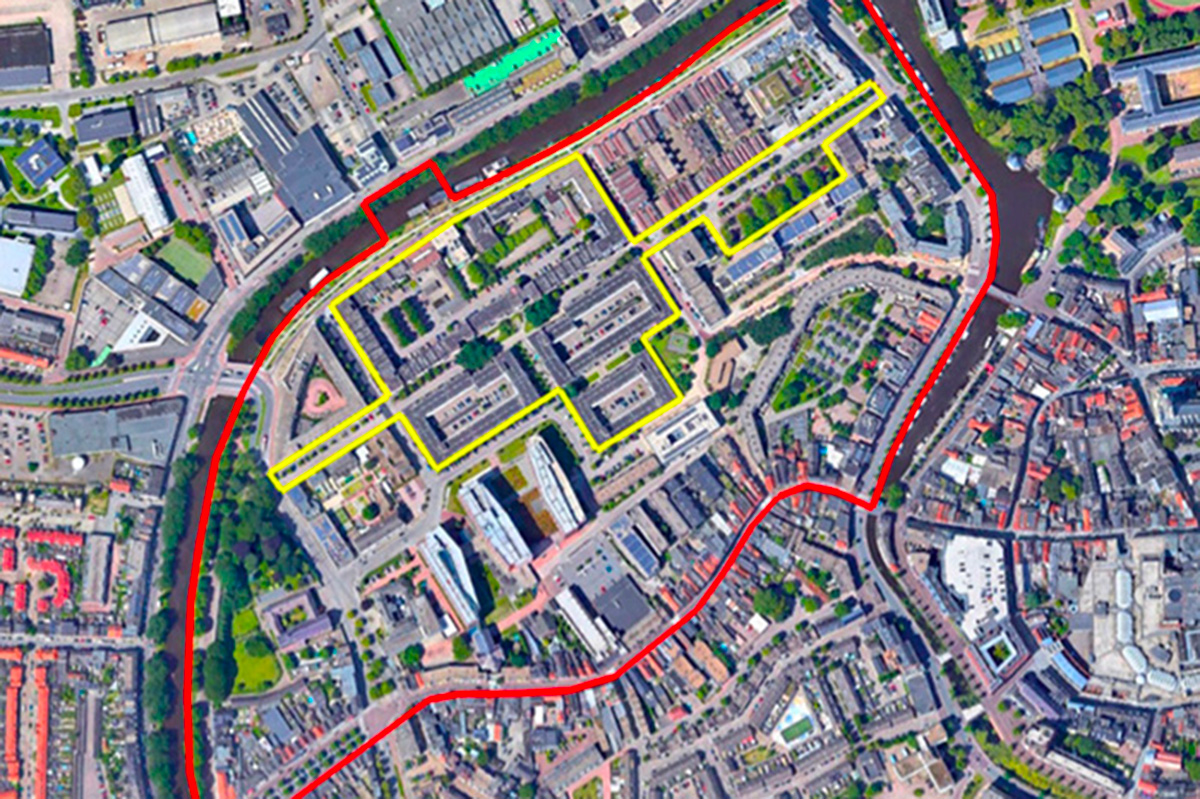
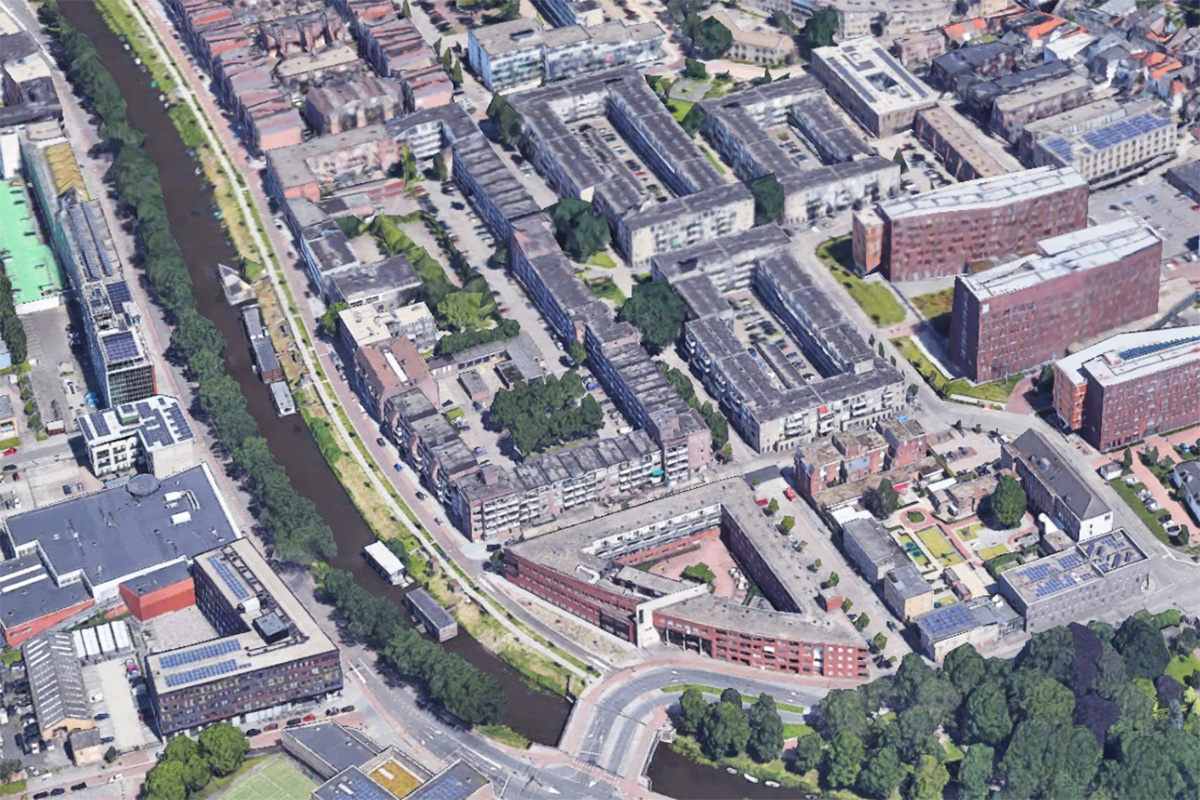
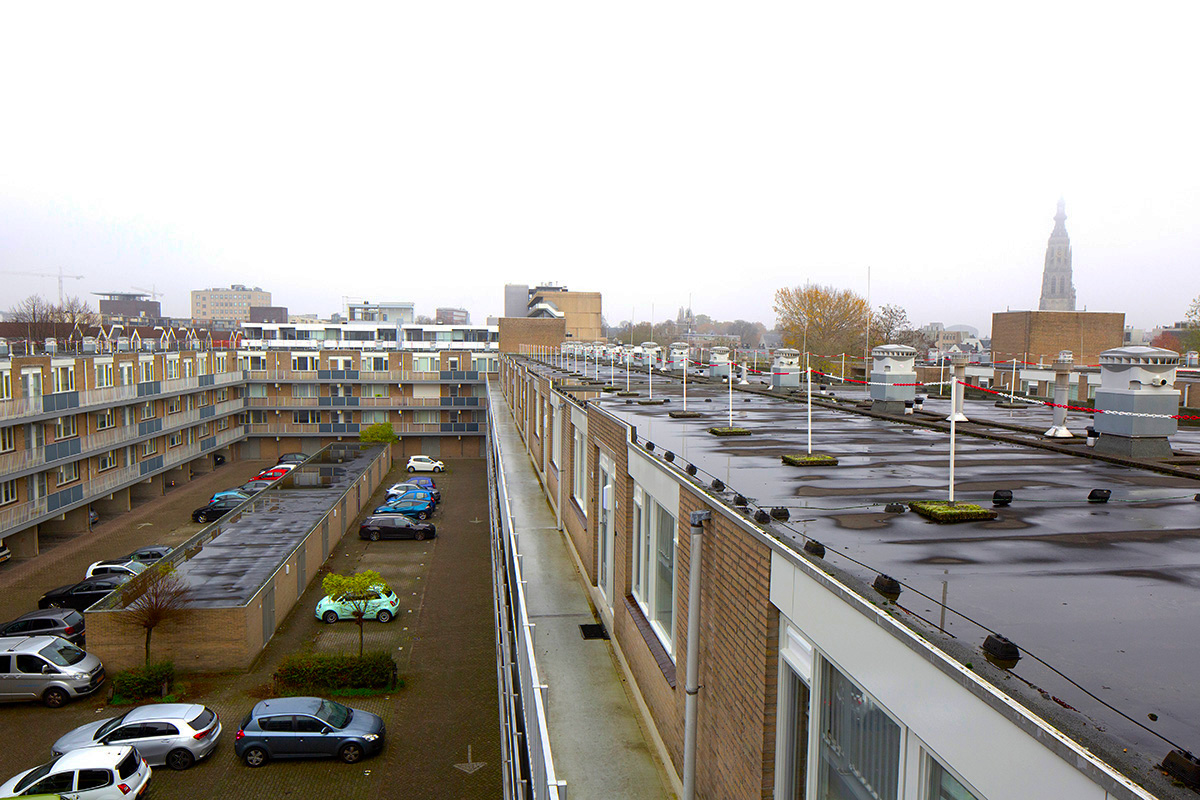
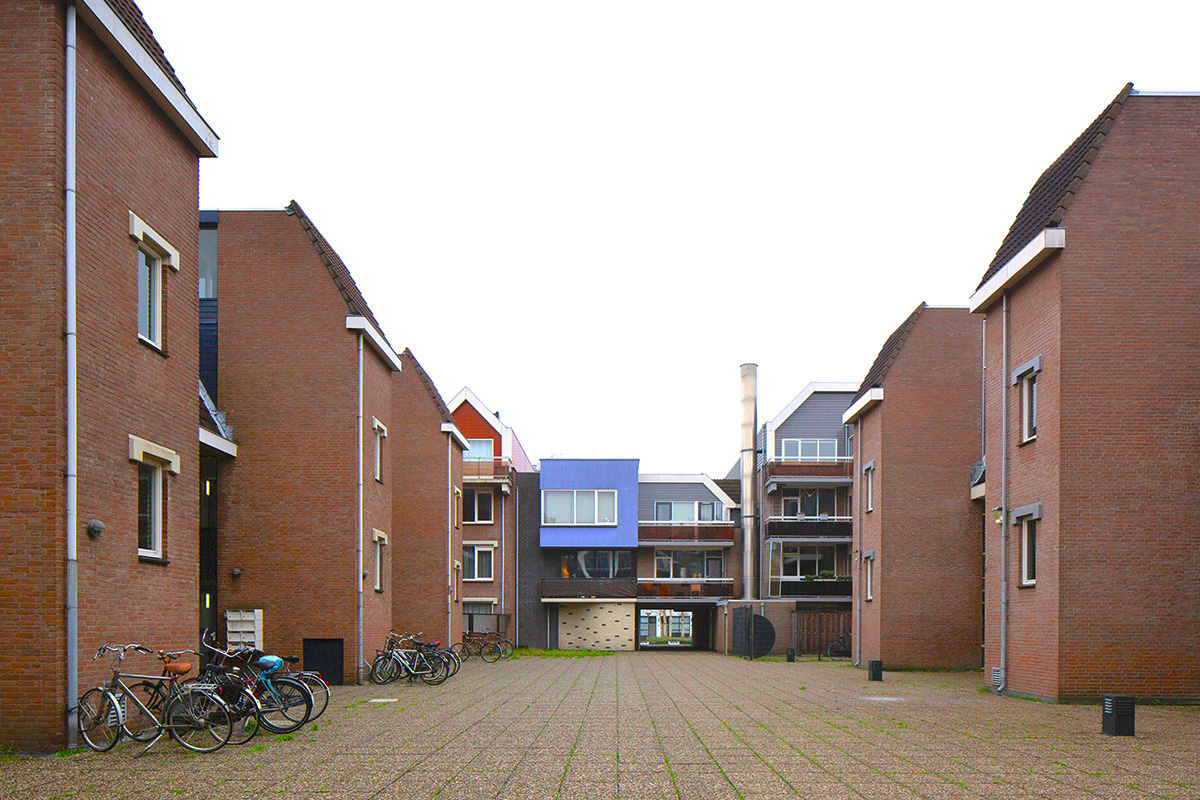
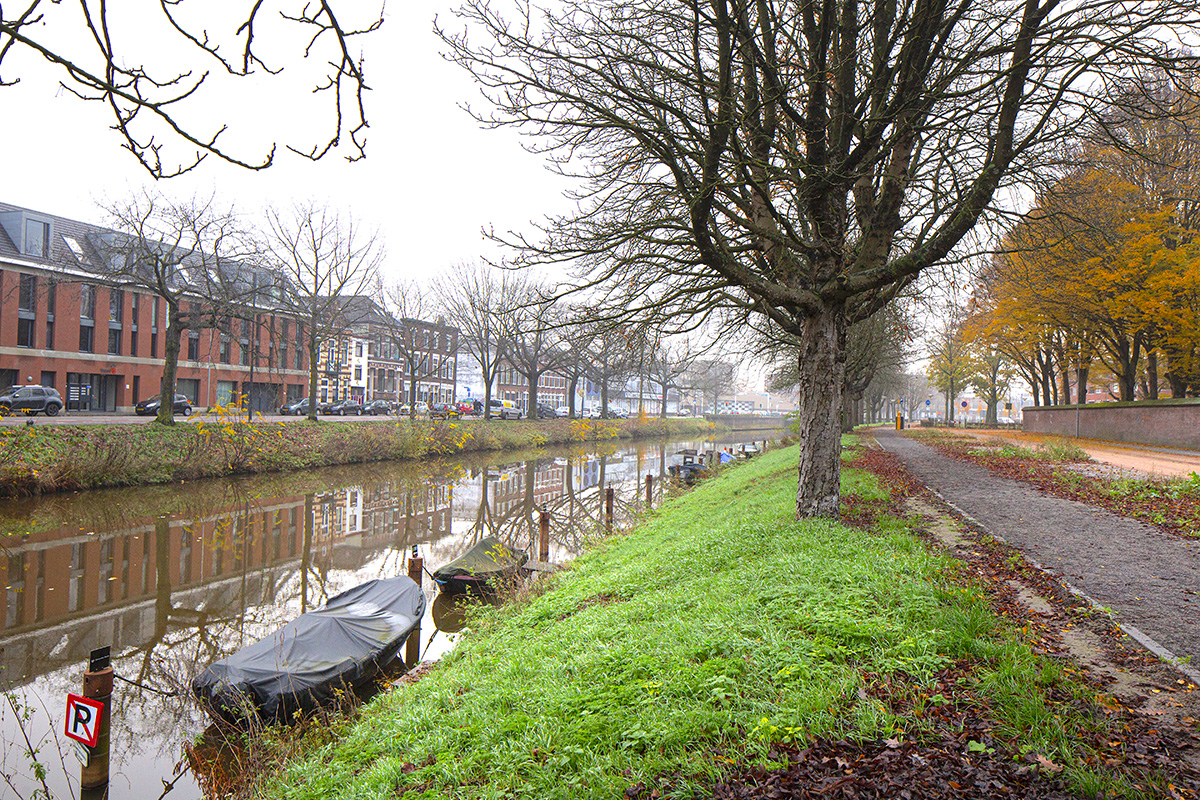
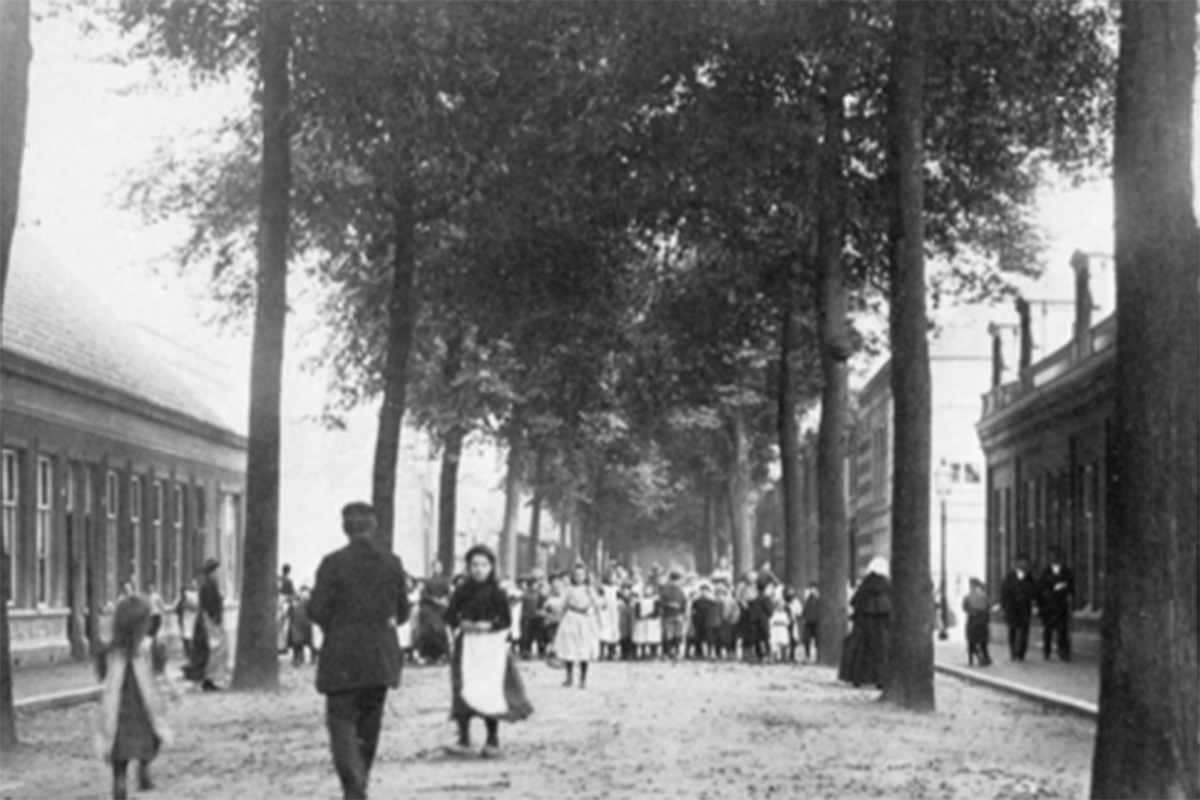
Questions à propos du site
Is there any rules and regulations (Like height of buildings or lot coverage) applying for the site? can we demolish the existing buildings?
Hight of buildings
The current regulations are to conserve the existing building heights. If you have a good idea to improve the neighborhood than we can imagine to add some higher buildings. Schorsmolen is close to the historic city center of Breda. Higher buildings can only be placed after careful consideration.
Demolish the buildings:
The buildings in the area are owned by housing corporations. he buildings, which were constructed in the 1980s, are in good physical condition. However, their social and sustainability conditions are weak. You have to make a good plan or you should have good reasons to demolish these buildings. Maybe you have to build some higher buildings or transform some buildings or build new houses to also get a good business case. We asked for a longterm perspective, so maybe in the future it is an option to demolish buildings.
3d Model of the city
Can be found in the additional material via complete site folder.
Drawings of the existing blocks
Can be found in the additional material via complete site folder.
Can information on the property structure in Schorsmolen be made available to competitors?
Yes, we can share two maps. One with the property structure of the social housing corporations and one with the properties of the local government. The other properties are owned by private persons and we cannot share information about those properties.
Is it possible to alter the current property structure of the buildings and land parcels in Schorsmolen?
We ask for a long term strategy, so it is possible to alter the current structure and land parcels. However, we hope that the proposals will (also) contain short term solutions.
1. Can the strategy for the renovation of the neighborhood include participation? If yes, can the trajectory for participation include an artist-in-residence program?
participation plan can be part of your proposal but is not required. Art and participative practices may be helpful in the definition of a long-term urban transformation but in this phase it is difficult to say to which degree it will be helpful. You can find a lot of information about the inhabitants and their opinions in the document ‘210305_MUST_Rapport_Waardenkader_Fell-Schorsm’. A
2. To which degree are art and participative practices helpful in the definition of a long-term urban transformation?
Contact with local companies may be part of the further development of the winning design. Proposals for collaboration with local companies can be part of the plan. However, it is not required to contact local companies for this competition and in this phase of the design.
3. To which degree can the programmatic and the design proposal involve local companies focusing on "greenification", sustainable densification, and social equality?
Contact with local companies may be part of the further development of the winning design. Proposals for collaboration with local companies can be part of the plan. However, it is not required to contact local companies for this competition and in this phase of the design.
4. In the site brief, the description chapter mentions "second life". What is intended for that?
The ‘second life’ is way to classify the different locations by Europan. It means that you have to reinvest in places where people already live and that has spaces that are degraded, poorly adapted or obsolete, with ‘eco-solidary’ projects. We are looking for design proposals that include existing socials values and give solutions to solve the social and ecological challenges. Ideas and proposals on how design can contribute to these challenges may (of course) be of value to the plan.
5. Does “second life” be intended as occupational features (eco-solidarity jobs), or new duties for the inhabitants as active participants of the transformation? Volunteers or integration of external skills in social and physical renewal?
The ‘second life’ is way to classify the different locations by Europan. It means that you have to reinvest in places where people already live and that has spaces that are degraded, poorly adapted or obsolete, with ‘eco-solidary’ projects. We are looking for design proposals that include existing socials values and give solutions to solve the social and ecological challenges. Ideas and proposals on how design can contribute to these challenges may (of course) be of value to the plan.
6. What is the level of detail required of the master plan and the housing floor plans?
The level of detail is up to you. Landscape architects, urban planners, architects and other experts will join this competition so we expect that the level of detail will differ a lot.
Le site est lié au thème suivant
IMAGINEZ UNE SECONDE VIE ! Une seconde vie ! est la métamorphose d'une situation. L'enjeu est de régénérer et d'accompagner les espaces à transformer à partir d'un nouveau regard sur le préexistant et sur les trésors cachés déjà sur place. Une nouvelle revalorisation de toutes les ressources : naturelles, patrimoniales, énergétiques, de flux, économiques, sociales… Il s'agit de reconsidérer les usages et les nouvelles proximités liant les dynamiques écologiques et sociales. Comment être attentif et accueillant aux différences et aux vulnérabilités dont se nourrissent les milieux habités face au changement climatique ?
Transformer les quartiers et les bâtiments en milieux inclusifs
Documents spécifiques
Questions à propos du site
Pour pouvoir poser une question, vous devez être connecté (et, par conséquent, inscrit au concours).
Ve. 16 mai 2025
Date limite de soumission des questions
Ve. 30 mai 2025
Date limite de réponses aux questions
Avant de soumettre votre question, assurez-vous qu'elle n'apparaît pas déjà dans la FAQ.
Merci de poser vos questions sur les sites dans le menu Sites.
Merci de poser vos questions sur le règlement dans le menu Règlement.
Si votre question ne reçoit pas de réponse dans les 10 jours, merci de vérifier qu'elle ne figure pas dans la FAQ sous un autre intitulé ; sinon, contactez le secrétariat concerné par email (secrétariats nationaux pour les sites, secrétariat européen pour le règlement.)